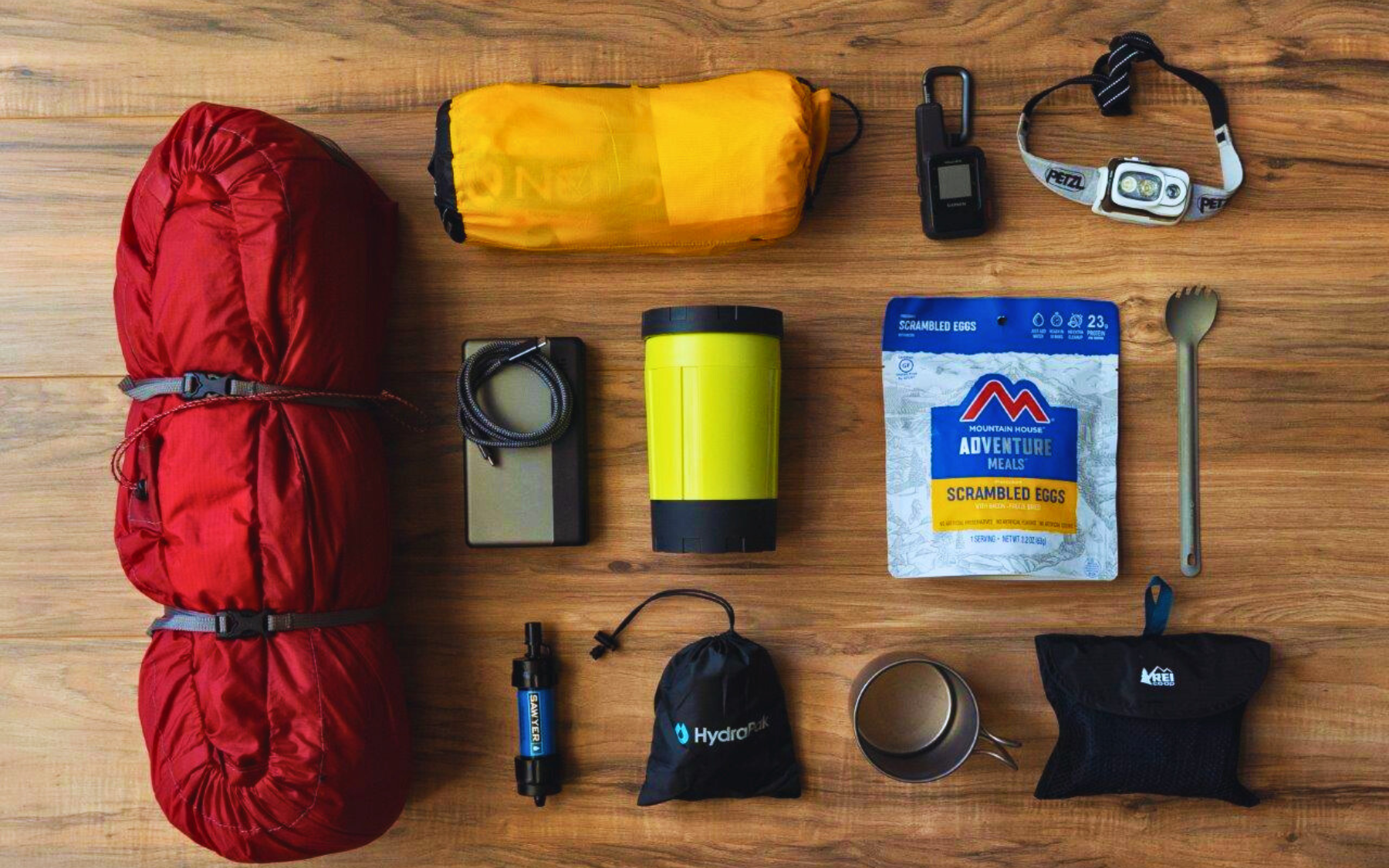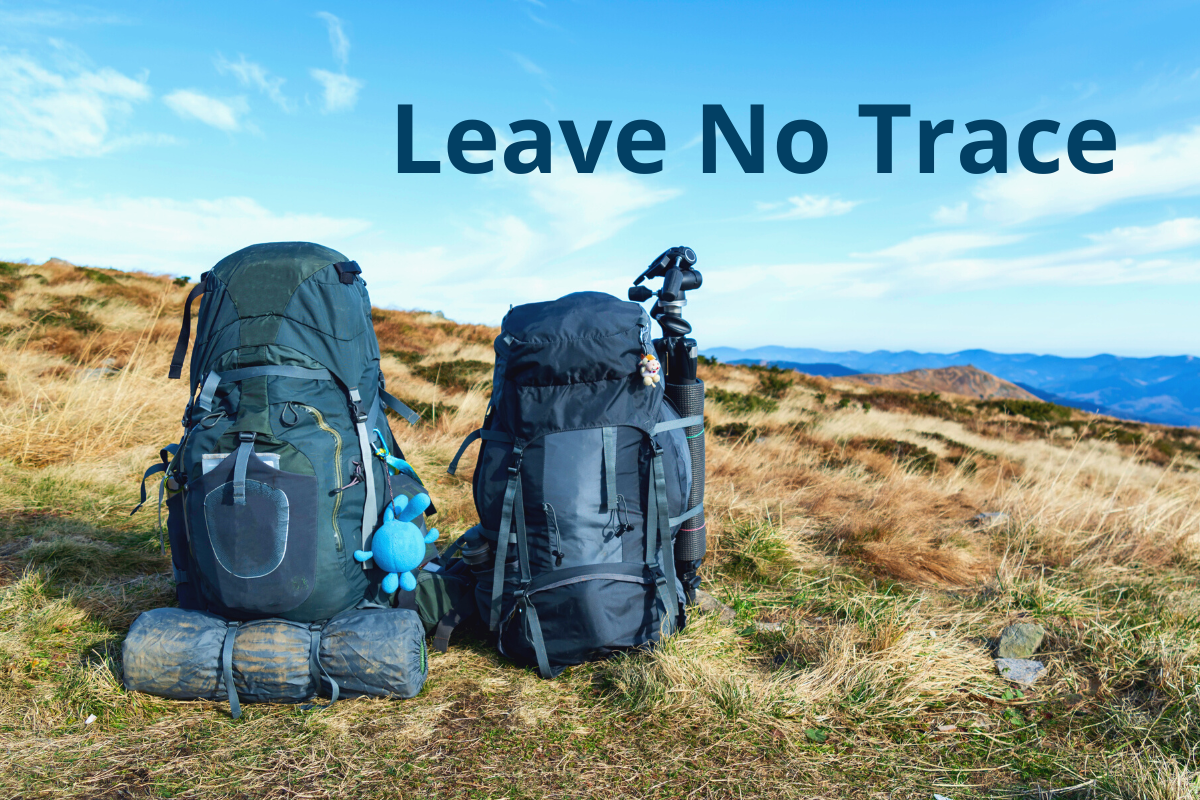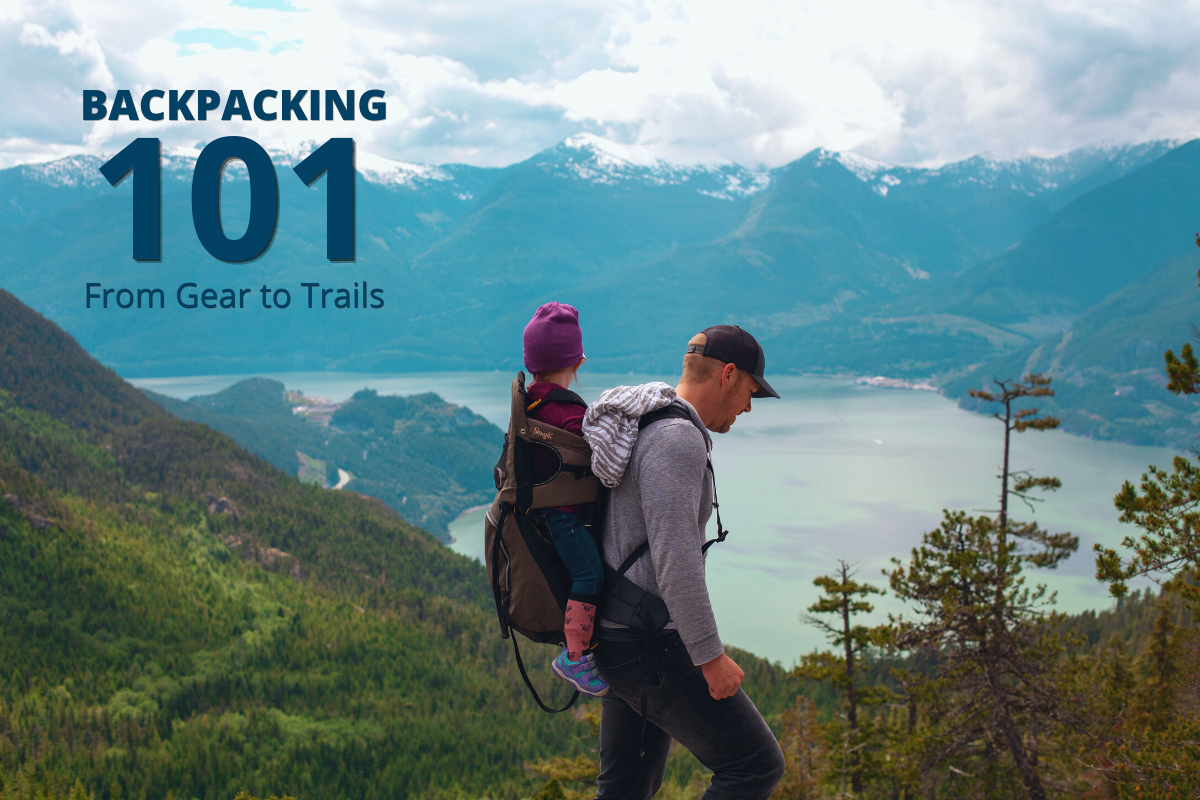Leave No Trace: 7 Principles and How to Follow Them
Leave No Trace is a concept well-known concept to seasoned campers and backpackers that the backcountry should be left as you found it. The concept and term however is also utilized by a non-profit group to help educate people and to reduce their impact on the outdoors. Whether you’re on a multi-day trek into untouched backcountry or spending the weekend at your local state park, following the 7 Principles developed by Leave No Trace will ensure your visit leaves only photos and memories.
We highly recommend heading over to their website to get your knowledge straight from the source. But for a general overview to wet your feet, we’ve summarized some key points below.
The 7 Principles of Leave No Trace
1. Plan Ahead and Prepare
This is number one for a reason. Most often, when people negatively impact the environment, it comes from poor planning.
Know the rules for where you’re going- Do you need to book ahead? (important for backcountry as well as front-country camping)
- Is there a maximum number of people allowed per group?
- Are pets allowed where you’re going?
- Is there a fire ban?
- Are there bathroom facilities or should you make a bathroom plan?
- How long and challenging is the trail you’re taking?
- Are there any trail closures that will affect you?
- What type of weather should you expect?
- What is the ability level of every member of your group - make your plan off your least experienced member.
- Is everyone able and excited to do what you’ve planned
- Does your equipment match the type of trip you’re taking?
- Is all your equipment in good working order?
- Does everyone in your group have the right gear for this trip?
Taking some time to think about the goal of your trip, the people coming, where you’re going, and the activities you’ll do makes sure you don’t negatively impact the area you want to enjoy.
You can read more about Leave No Trace’s Principle 1 here.

2. Travel and Camp on Durable Surfaces
When you leave an outdoor space, no one should know you were there. This doesn’t just mean that you cleaned up your garbage, but also that you didn’t damage the land you walked through or slept on.
If there’s a designated trail - take it
- Don’t “get off the beaten path”. You’ll only beat a new path that scars the landscape.
- Don’t shortcut switchbacks. Follow the trail as it’s been designed.
- When taking a rest, choose a place off the trail that has easy access and limits the damage created getting to and from your rest spot.
- If there’s a tent pad, be sure to set up there. Don’t decide you want to be closer to the water or where the view is better. Use the designated area.
- When you make your trip plan from Principle 1, be sure your entire group can get to the site with plenty of daylight to set up camp. Don’t camp in a poorly chosen location simply because you ran out of time
- Disperse your tents and kitchen space to minimize the impact on one small area.
- Choose durable tent spots, such as gravel or sand, and try to avoid areas of vegetation.
- Try to move camp every night to limit the impacts on any one area.
You can read more about Leave No Trace’s Principle 2 here.
3. Dispose of Waste Properly
There should be no evidence you were visiting an outdoor area when you leave. None. At all.
If you pack it in, pack it out- Any garbage or trash you bring in with you must be brought out with you.
- Don’t leave any food waste behind - this includes organic food waste. Food waste attracts animals and is unsightly for future campers.
- If there are bathroom facilities, use them.
- If not, check the area’s regulations - remember Principle 1…
- Some backcountry sites require you to pack out ALL waste - there are many options for this and some research will help you find the best option for you.
- Where leaving human waste is allowed, catholes are the most accepted method for backcountry bathrooms. The Leave No Trace website has detailed instructions on catholes and human waste management here.
You can read more about Leave No Trace’s Principle 3 here.
4. Leave What You Find
Leaving no trace doesn’t just mean you cleaned up your garbage, it also means you left the area as natural as you found it.
If you didn’t pack it in, don’t pack it out.- Leave behind shells, rocks, antlers, and wildflowers for future visitors.
- If you want a memento, take a picture.
- Don’t dig trenches or construct lean-tos.
- If you remove rocks and twigs from your sleeping area, return them when you pack up your camp.
- Don’t put nails in trees for use as a hanger or to attach shelter items, such as tarps.
- Don’t cut boughs for sleeping mats. You should bring the equipment you need.
- Don’t stack rocks, leave them in their natural state.
- Don’t carve into trees, rocks, or camp equipment such as picnic tables.
You can read more about Leave No Trace’s Principle 4 here.
5. Minimize Campfire Impacts
At EcoSimmer, we believe there’s no need for fires in forests. With the proper gear and planning, you can have a completely flame-free outdoor experience.
Leave No Trace also questions whether campfires are necessary:
The development of lightweight efficient camp stoves has encouraged a shift away from the traditional fire for cooking. Stoves have become essential equipment for minimum-impact camping. They are fast, flexible and eliminate firewood availability as a concern in campsite selection. Stoves operate in almost any weather condition—and they leave no trace.
Is a fire worth the risk?
Before you plan your trip, ask yourself if a campfire should be part of your backcountry experience.
- How could my fire negatively impact the area? This includes leaving behind scorched rocks, haphazard fire rings, and ash and burnt logs.
- What is the forest fire threat level? It’s never zero. Every campfire poses some forest fire threat.
- Am I burning wood that the area needs to thrive and maintain its pristine nature?
- Do I have the skills to ensure my fire poses no risk and Leaves No Trace?
At EcoSimmer, we believe that the best way to minimize campfire impact is to have no campfire. The risks always outweigh the rewards. If you want to learn more about how forest fires are threatening our backcountry, check out our blog post: 10 Facts About Wildfires: Causes, Effects, & Prevention in 2022.
You can read more about Leave No Trace’s Principle 5 here.

6. Respect Wildlife
It’s important to remember that you’re visiting the wildlife’s space, they’re not visiting you. We need to ensure wildlife can go about their day without impact from us.
Give wildlife space- Don’t approach wildlife. If you see an animal, observe from a distance.
- Don’t startle wildlife or cause it to flee (in bear country, follow Bear Aware protocols).
- Don’t camp between wildlife and their water access. Sites should always be 200 feet from water sources.
- Don’t touch wildlife. If wildlife seems sick or injured, keep your distance and inform the land manager.
- This includes squirrels, birds, and other small animals.
- Don’t leave behind food that could attract animals, including food waste and wastewater.
- Store your food properly away from animals. This could be in your car, in a bear locker, in a bear canister, or suspended from a tree.
You can read more about Leave No Trace’s Principle 6 here.

7. Be Considerate of Other Visitors
Everyone should have access to the outdoors in the manner they most enjoy. The key is to make sure your enjoyment doesn’t take away from someone else’s.
Think about how your actions could affect other visitors- Is your music interfering with someone’s solitude?
- Is your pet under control and not running freely to other camps?
- Is your group being too loud for others to sleep?
- Did you set up camp a reasonable distance from your neighbor?
- When meeting on a trail, the downhill hikers should give way to the uphill hikers.
- Hikers should give way to equestrians.
- Mountain bikers should give way to both hikers and equestrians.
- When passing another hiker, let them know you’re coming around and only pass when there’s space to stay on the trail.
You can read more about Leave No Trace’s Principle 7 here.
Conclusion
EcoSimmer is a big believer in Leave No Trace and its 7 Principles. The great outdoors is a wonderful place to visit and explore, but we want to make sure it stays wild for every visitor who comes after us. By removing fire from the forest, we’re doing our part to make Principle 5 (Minimize Campfire Impacts) easier than ever to follow with our Flameless Backpacking Stove. When we all do our part to follow the Leave No Trace framework, we all ensure the long-lasting beauty of our natural world.
Disclaimer: This blog post was written in reference to resources provided by the Leave No Trace Organization and reflects their 7 Principles are copyrighted to © Leave No Trace: www.LNT.org








